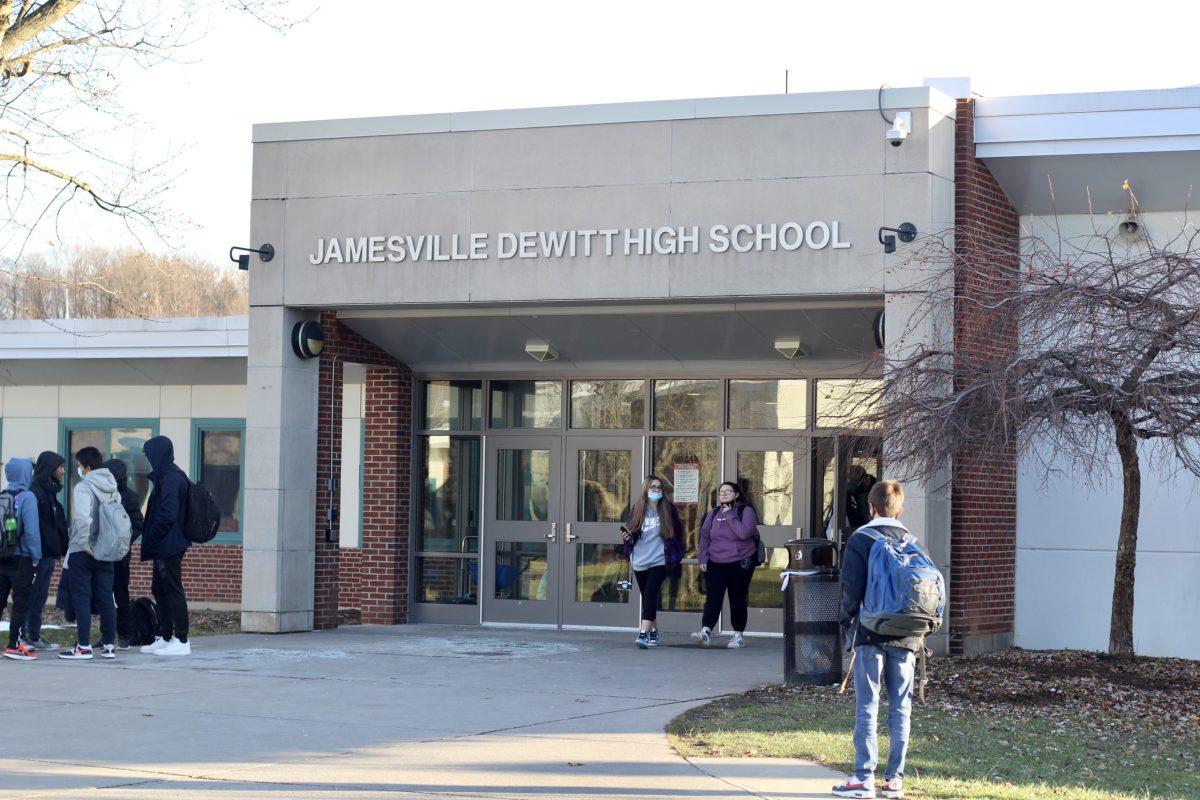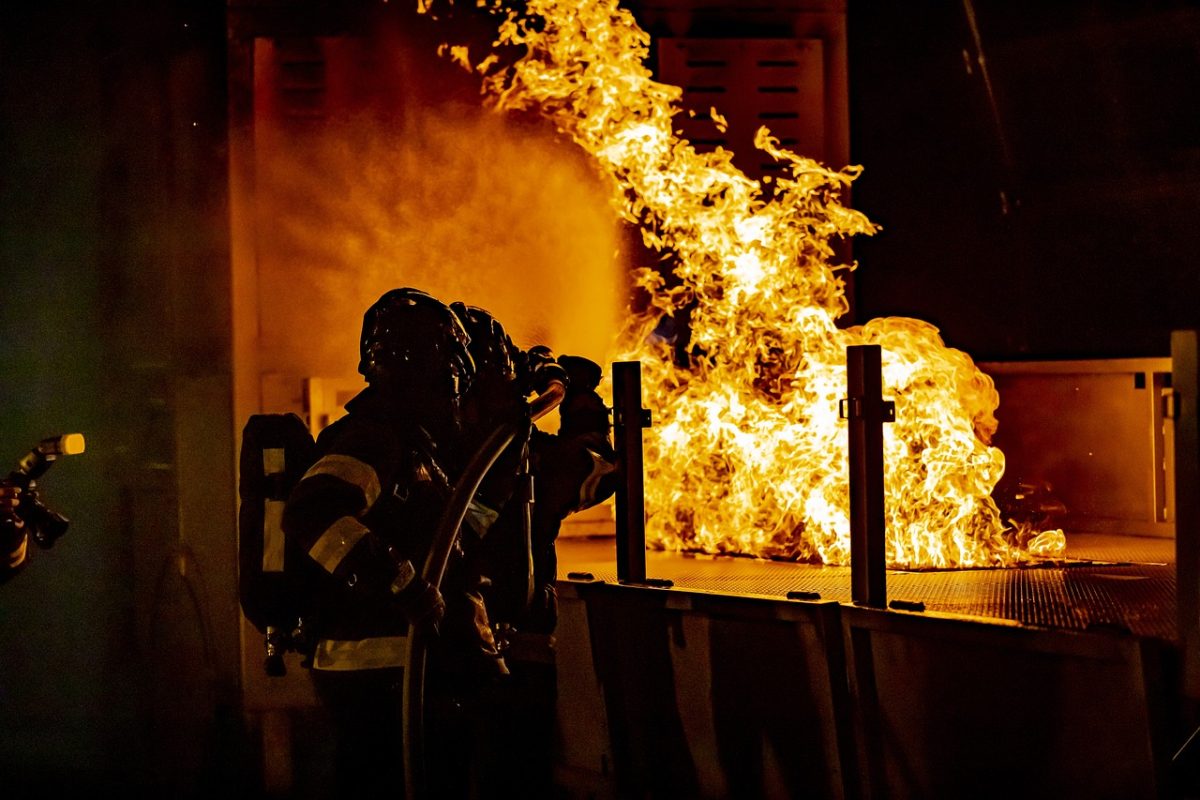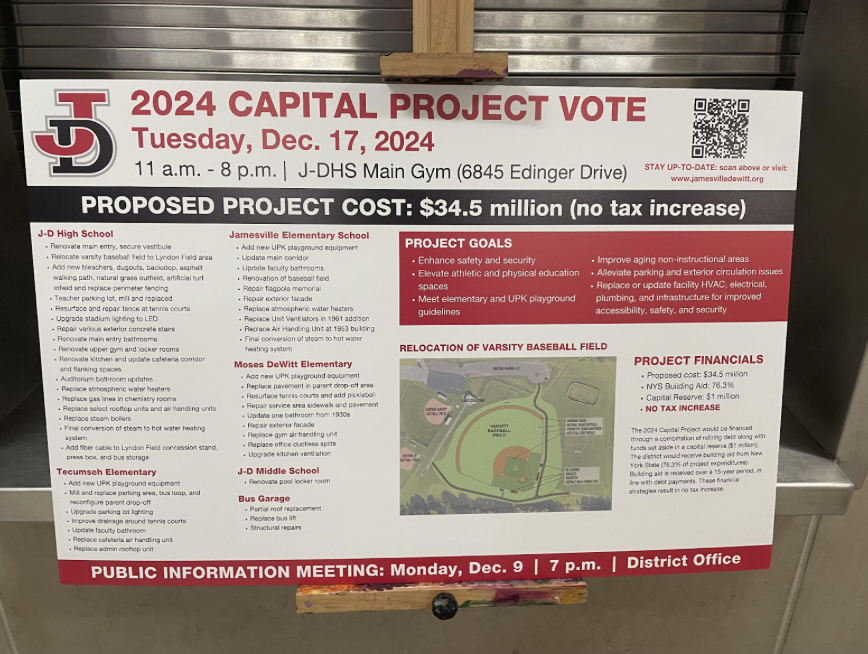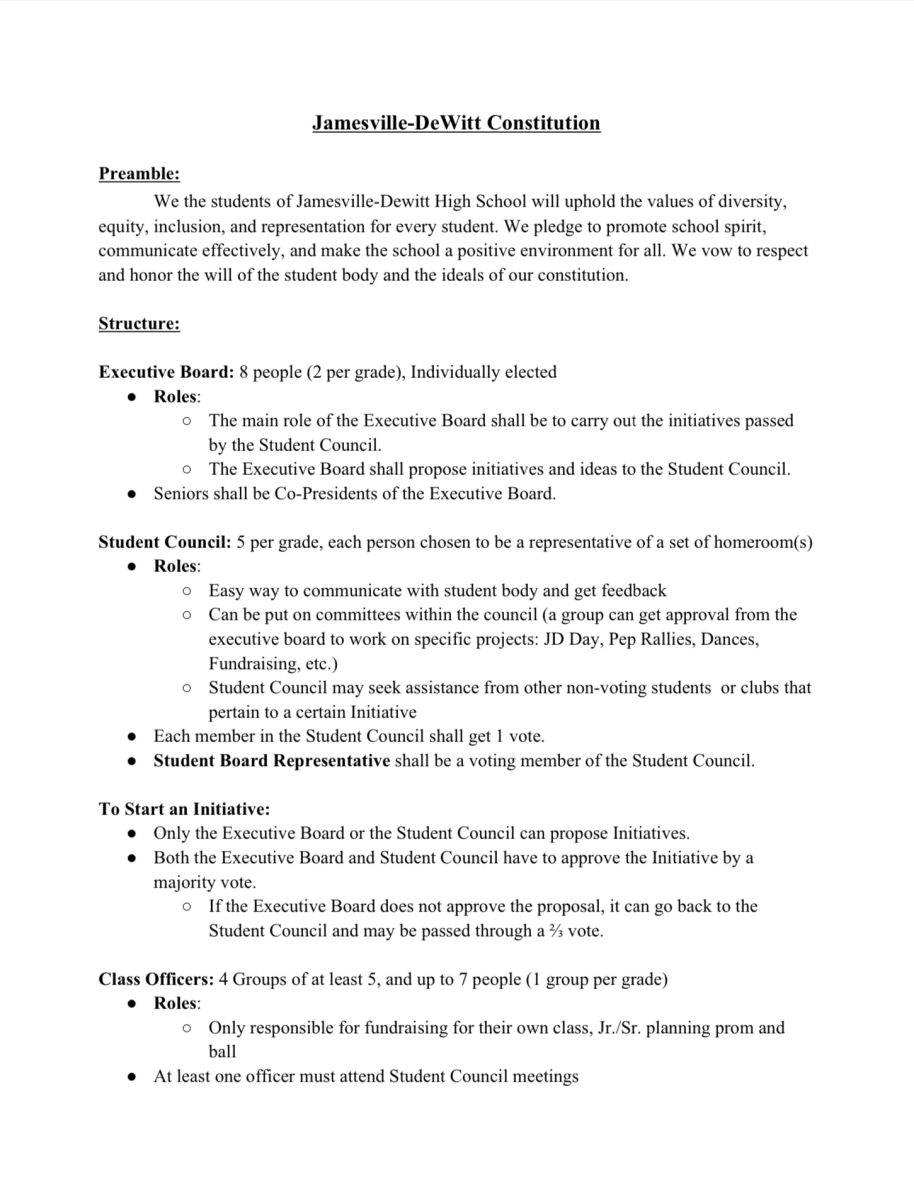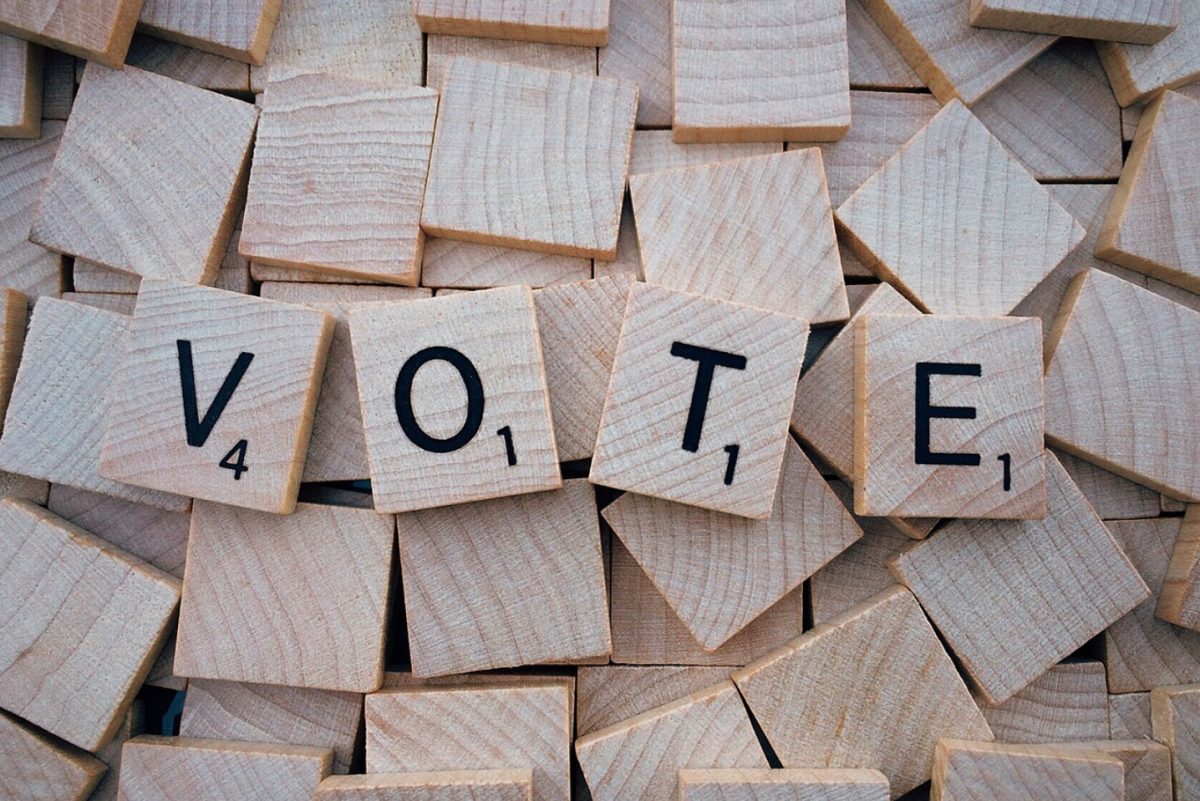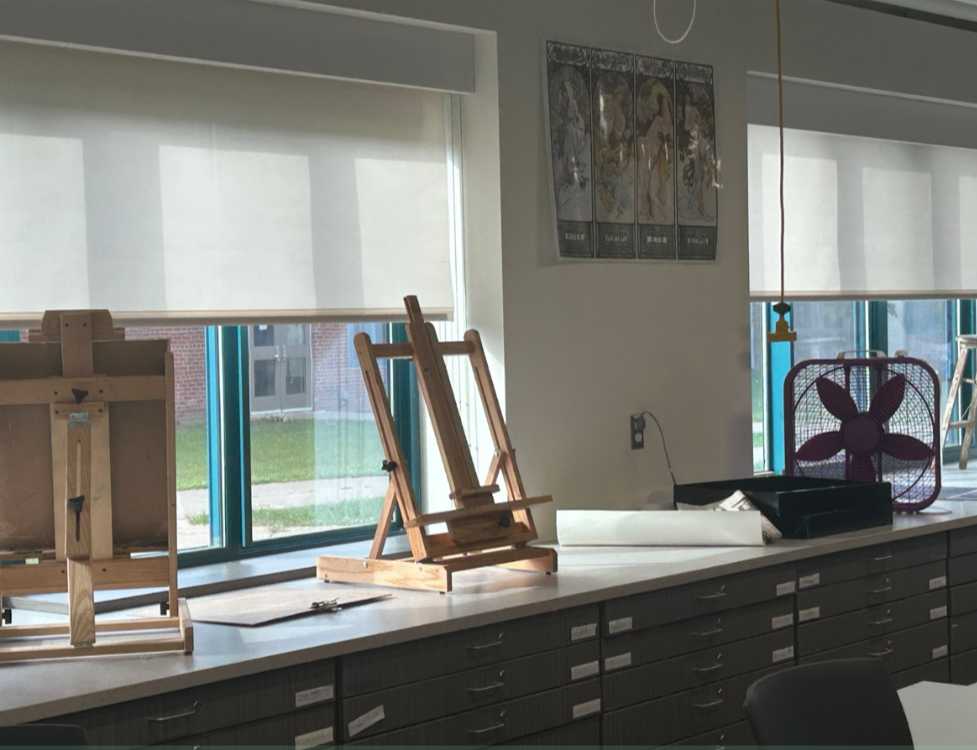During the school-wide slideshow show by Principal Paul Gasparini at the end of the first marking period, many things were included such as what is going well at school, what to improve upon, and upcoming projects. The newest of the projects includes the BIMAS screening. BIMAS stands for the Behavior Intervention Monitoring Assessment.
The BIMAS is a measure of behavior function, social and emotional skills in adolescents up to 18 years of age. Principal Gasparini explains how the idea behind it is to get a “snapshot of students’ mental health” and to try to help students that may show themselves in any type of emotional trouble. The survey includes 30 to 40 questions that students will have to answer in regards to the past seven days. The purpose is to see how students are currently doing rather than how they could’ve been doing mentally or emotionally at another point in time. In shorter terms, the purpose of the screening is for the school to see how students are doing emotionally, and how their mental health is doing. The results of the test will not be compared on an individual basis and are not meant for statistical purposes in any way.
Interventions will be taken based on students’ results if they show they are struggling with some type of emotional distress. However, it is not a diagnostic tool and results will not have any type of mental health illness diagnosis.
Counselor Will Hartley explains the survey as giving students a chance to report out how they’re doing in a way that’s different from what is currently offered. Right now the way counselors find out that a student is having a rough time is by either a friend, a parent, or a teacher, and occasionally themselves. The purpose of the survey is to offer an opportunity for a student who may not be getting help through those channels. He says, “The best-case scenario, the design of this is to basically take the temperature of the kids in a bunch of different areas and see if they report struggling in an area. If they are, then that would most likely merit a response from somebody on the counseling team.”
Like many types of testing or surveying, all students participate unless they decide not to, in which case they can choose to opt-out. One concern many students have thought of is the idea of privacy. Who the results will be shared with is the main regard. Very few people will have access to the results. Some that will have access include counselors and Principal Gasparini. The results will be shared with a student’s specific counselor unless there is cause for concern in which it can be shared with other counselors including Mr. Hartley.
The case in which results will be shared with outside sources is if a student’s parent(s)/guardian(s) choose to be sent a copy. Another case is if a student’s counselor believes for the student’s sake they need further help, the parent(s) or guardian(s) will be notified. Some cases in which counselors may contact home is to notify those that care for the student of their current mental health status, or to suggest further psychiatric help like therapy. It is unknown if counselors will notify parent(s)/guardian(s) with concern before or after speaking with the student. In no case will the information be shared with any other administration as those who see the results are regulated by law to keep the information private. It is unclear if students can specifically request for their results to not be shared with their parent(s) or guardian(s).
In order to not be disruptive to instruction time, the school has designed a plan to limit this. When the screening starts being administered, it will happen twice a week in groups based on grade level. The survey itself takes on average 10 to 15 minutes. To minimize the impact on class time, the survey will be taking place during homeroom. Half of the homerooms for one grade will take it one day, and the other half on the other days, meaning the overall process will take about a month to be completed. On one of the days in the sophomore week to take it, half of the homerooms will be called to the large cafeteria where there will be Chromebooks set up so every student in the group can take it at the same time. Gasparini states, “We want to minimize the impact on classes, I want to say that but on the other hand, if students are in crisis we want to be able to know that and be able to help them. So we’re trying to balance both of those things.” He then goes on to say, “We do not want it to be chaotic, we want it to be helpful.”
There will be certain categories of questions and based on kids’ answers, then will it be decided what zone the student is in regarding mental health. Red would mean there is cause for alarm and yellow being as the student is content and isn’t showing any huge concerns.
The statement that will be read before the survey is administered includes students’ main concerns. The statement includes things like how the survey’s purpose is to understand how you’re doing mentally, encourages students to be honest, and makes them aware they may be contacted by a counselor based on the results. This statement also includes how based on your answers parent(s)/guardian(s) may be contacted and upon request, they will be sent a copy of your responses. It heavily highlights how to base your responses only on the last 7 days for accurate readings.
However, the BIMAS name can be misleading, specifically the “behavior” and “monitoring” part of it. While students are taking the test, their behavior will not be monitored. Nobody will be there watching to see what students are nervous, anxious, calm, or whatever nervous tactics they may be displaying.
As the school social worker, Hartley shares what his hopes for the survey are. According to Hartley, “The goal of the BIMAS survey is to give students an opportunity to let somebody know how they’re doing in a way that they may not be comfortable doing personally. Also for us as counselors to better understand how kids are doing, because there probably are some kids out there that who having a tough time, and we don’t know they are. Like if somebody is having a tough time ideally we’d like to know so we can try to help them.”
Many local schools like J-D are administering the survey in order to see how students are doing mentally. This brought up the question of whether all schools are taking a step in prioritizing students’ mental health and if it’s federally funded. Well, not exactly. According to Superintendent Peter Smith, the funding is coming out of the school’s general fund and has been previously budgeted for. However, for schools it is aidable through BOCES, meaning they will pay the school back a percentage of what they spent on it.
The BIMAS survey is a step in the direction of prioritizing students’ mental health. Everyone is encouraged to take the survey not for statistical purposes, but to benefit them and allow for help where help is needed.





























